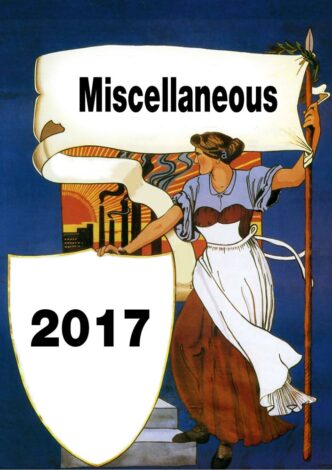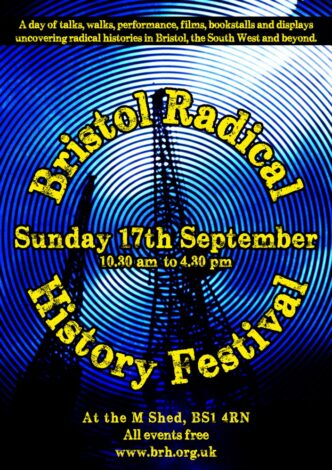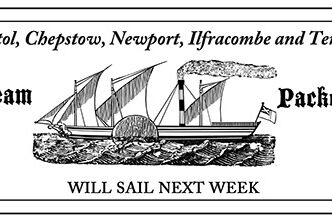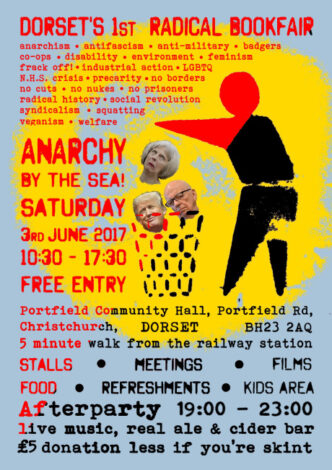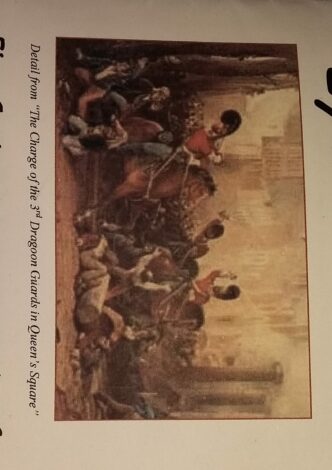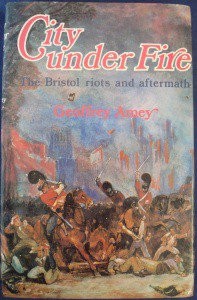Battling for Bristol
"Battling for Bristol" is an evening of films, put on by the Bristol Radical History Group as part of the Journey to Justice month. The series of short films cover Bristol struggles for equal rights. It will include the risings of 1831,1980 and 1986, the demands for decent housing and for equality for women workers, as well as a documentary of the boycott that ended job discrimination on Bristol buses.


